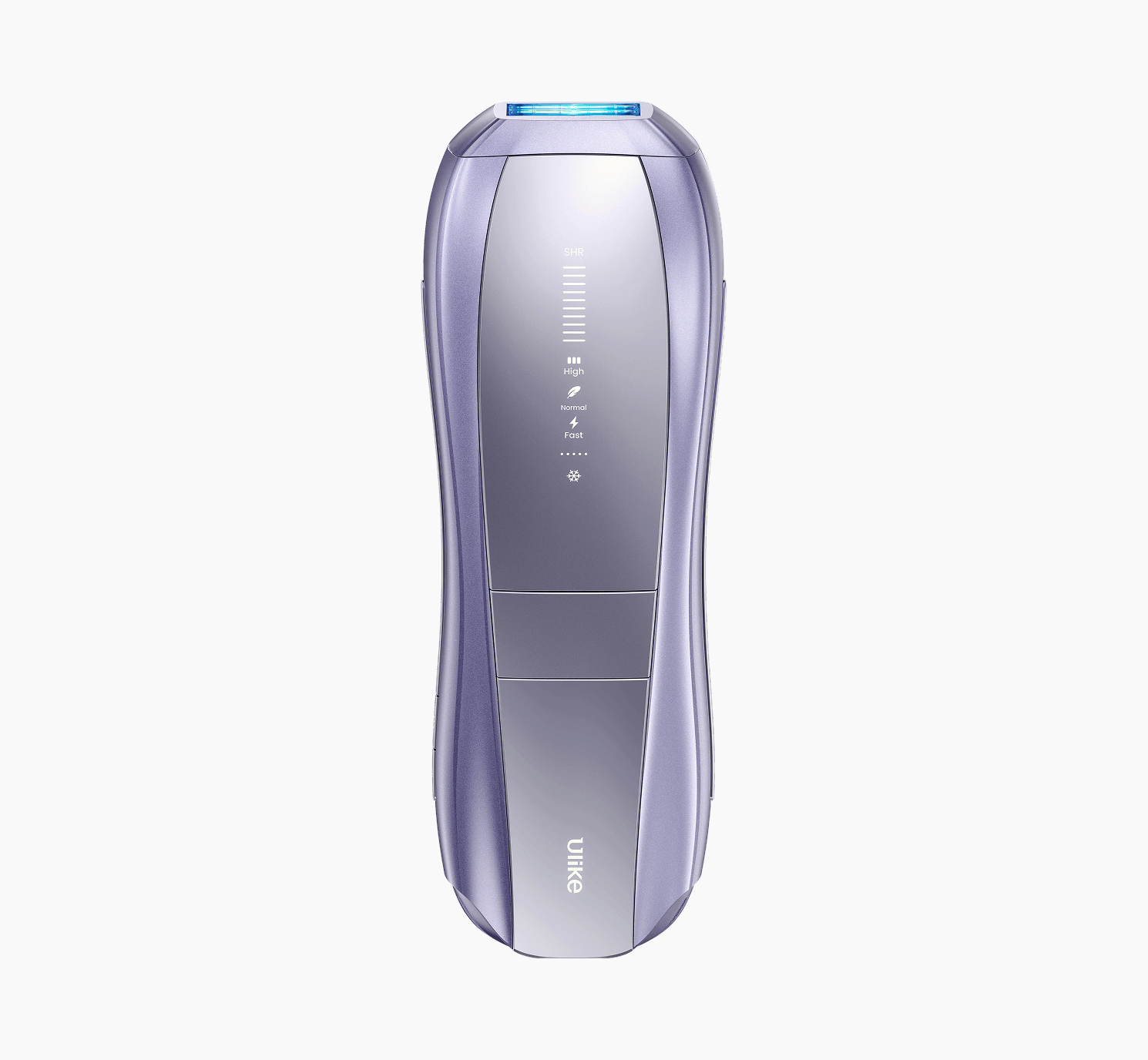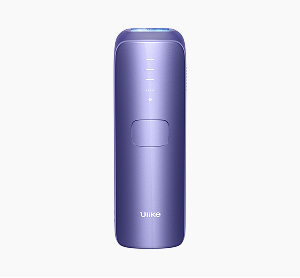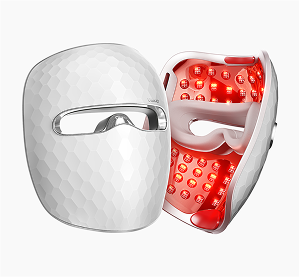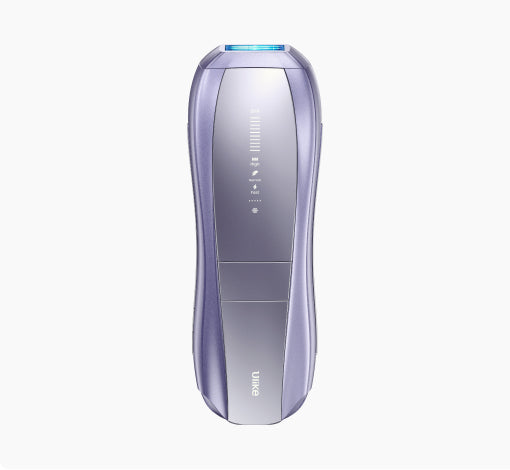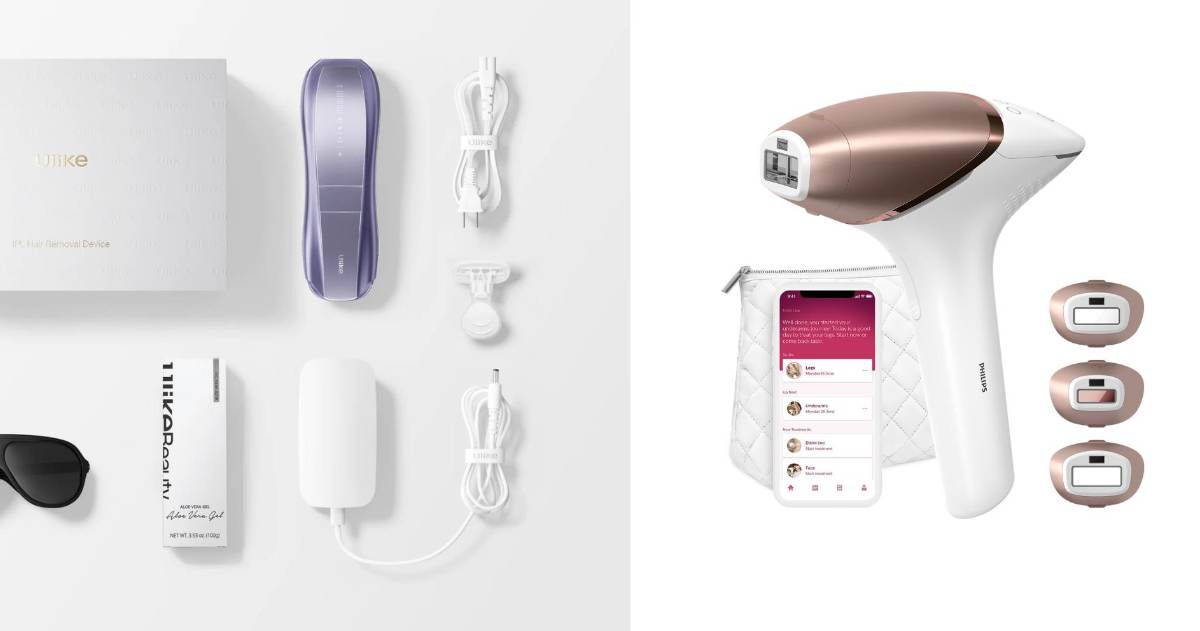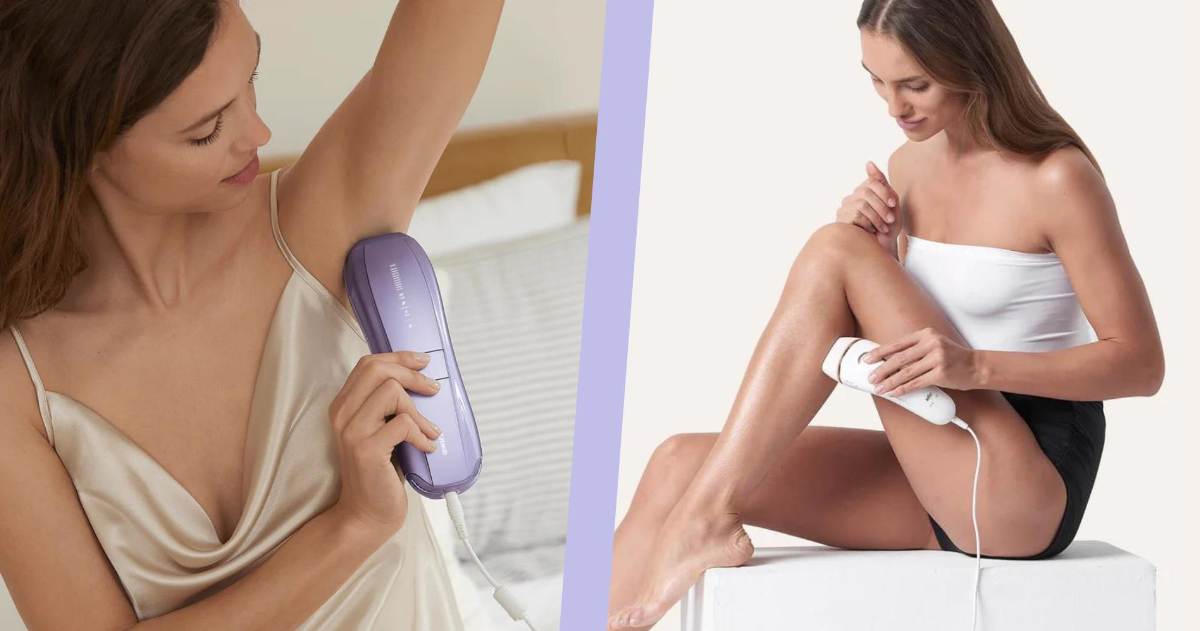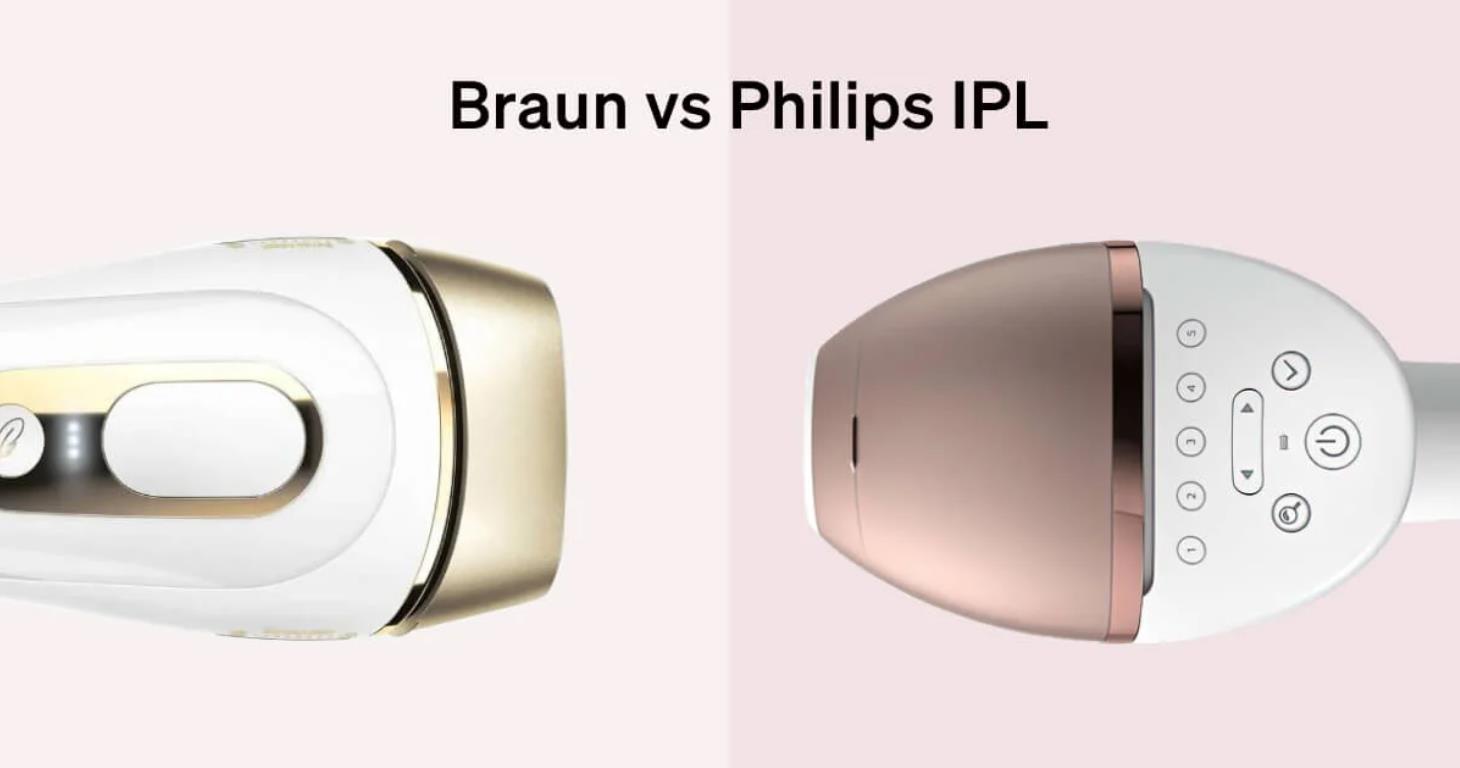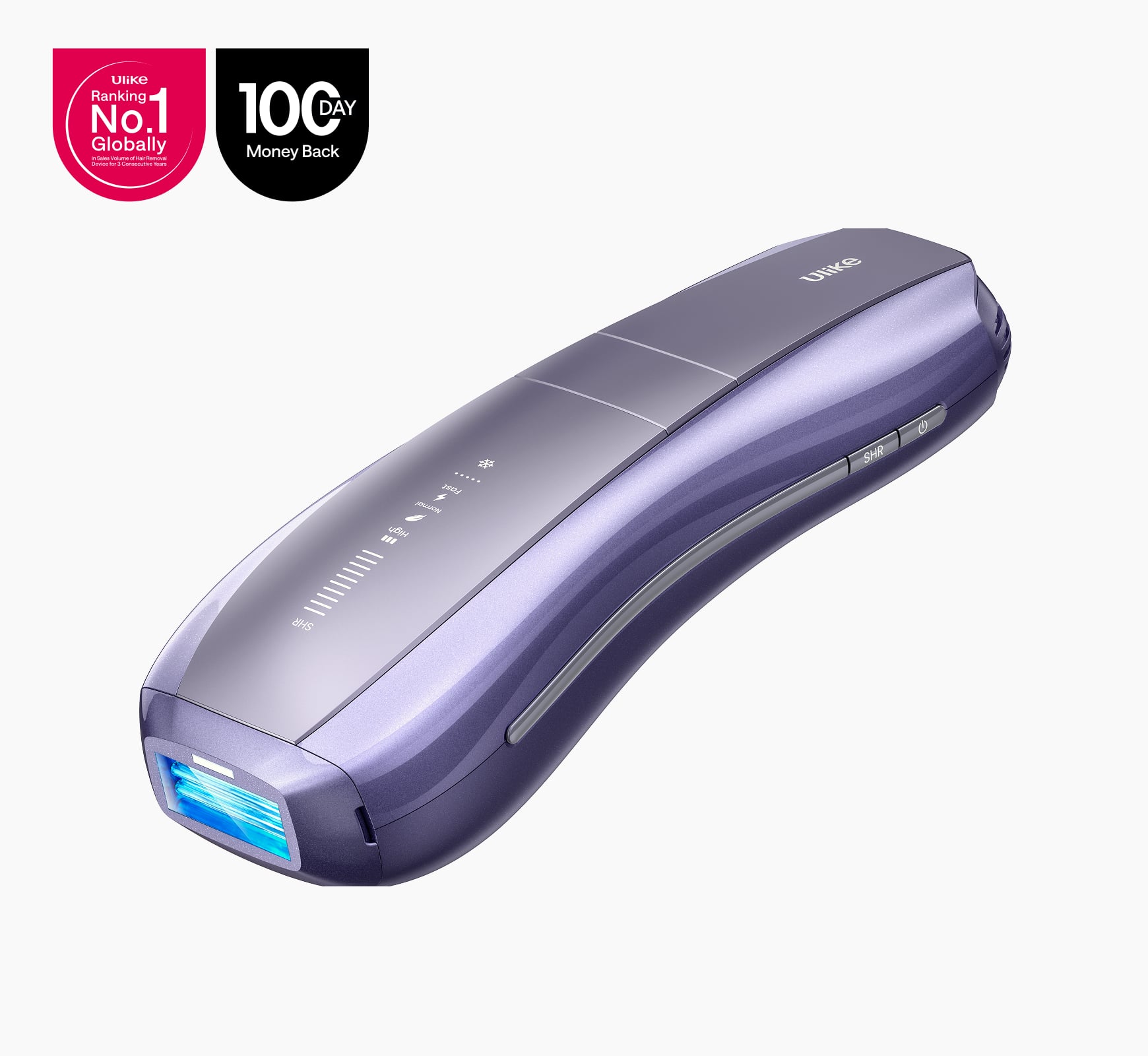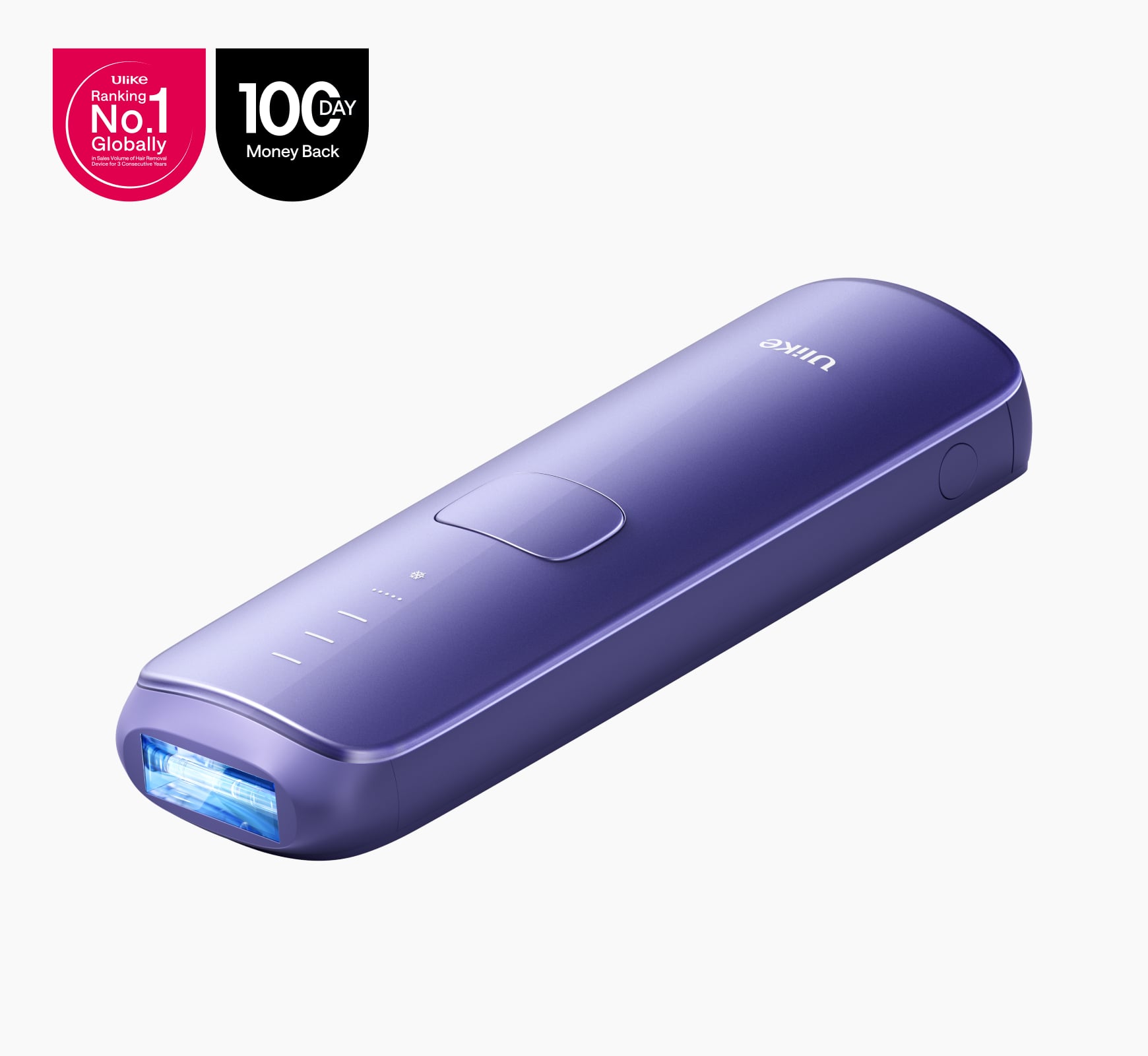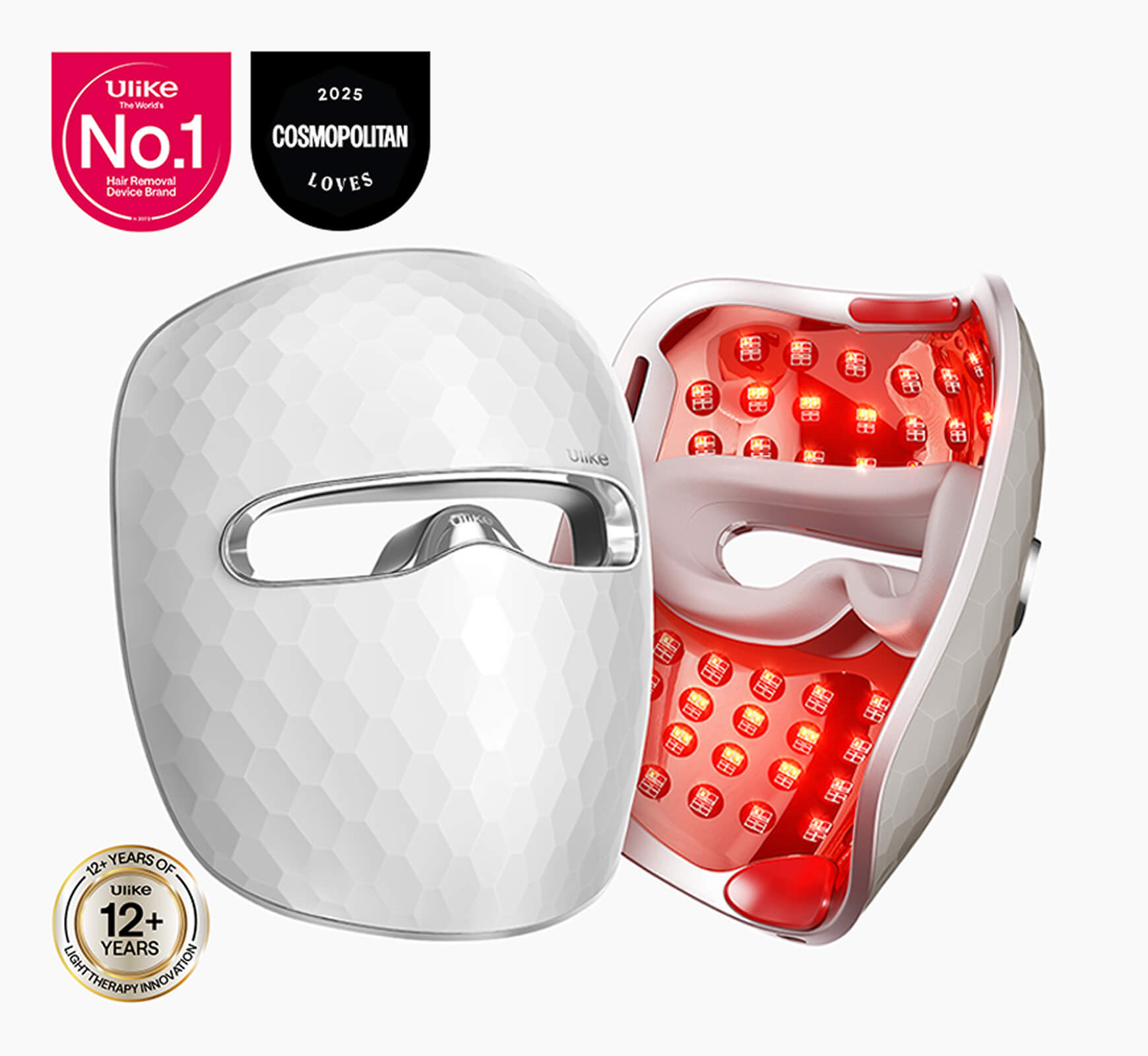Getting rid of wrinkles, dark eye circles, and other facial issues with face tapping is slowly gaining acceptance in the skincare industry. Face tapping or facial tapping is one of the oldest trending practices, done on the key acupressure points such as the brows, temple bones, and the under-eye area. This technique has been researched and studied to have a lot of benefits to the human body, that is, increasing blood circulation, reducing facial puffiness, and lots more. Many individuals believe in high-technology cosmetic procedures but need to remember that most traditional techniques also work. As you read further, we look into what this long-lost ancient skin technique does, its origin, and benefits.
Table of Contents:- Part 1: What is Face Tapping?
- Part 2: Face Tapping Benefits: Transform Your Skincare Routine
- Part 3: How to Do Face Tapping?
- Part 4: Frequently Asked Questions
Part 1: What is Face Tapping?
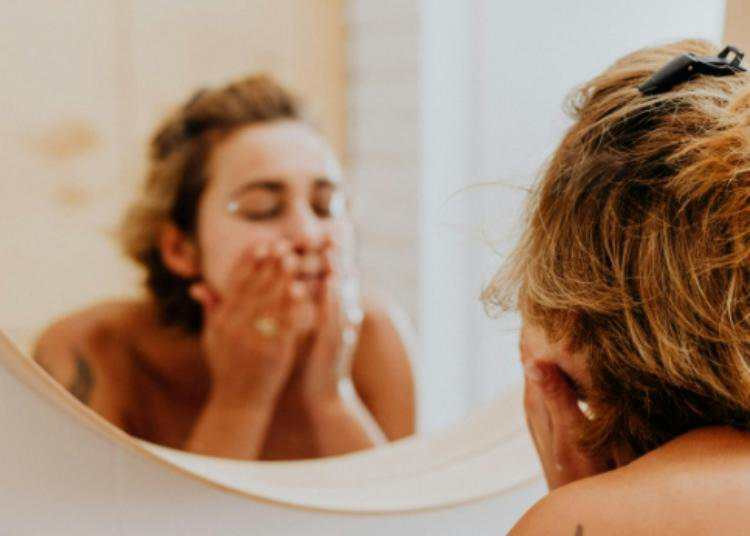
The ancient Eastern traditional root of face tapping provides kinesthetic benefit, releasing tension in the face which can be linked to modern-day science. Face tapping is the therapeutic kneading of the face in a tap motion along the key acupressure points to improve blood circulation, skin tone, texture, lymphatic drainage, and renew skin health.
Where Did Face Tapping Originate From?
Face tapping, also known as skin tapping, is an ancient tradition in China. It is a meditation technique believed to relieve the skin muscles and slow down aging. This therapeutic procedure focuses on discharging the lockages and imbalances through key channels of the body through an approach known as acupressure. It is believed that the procedure balances and allows for the natural flow of vital energy known as “Qi”.
It balances and allows the natural flow of Qi energy, using fingertips. The unified practice for balancing and harmonizing energy is thought to be necessary for total health and happiness. We can also find traces of this practice in Japan, where it is considered a form of self-care routine linked to ancient Shiatsu. The Geishas and Samurai warriors of Japan also adopt this practice as a means to improve their youthful appearance and help their body relax. Face tapping, in both places, is practiced to improve overall well-being.
Part 2: Face Tapping Benefits: Transform Your Skincare Routine
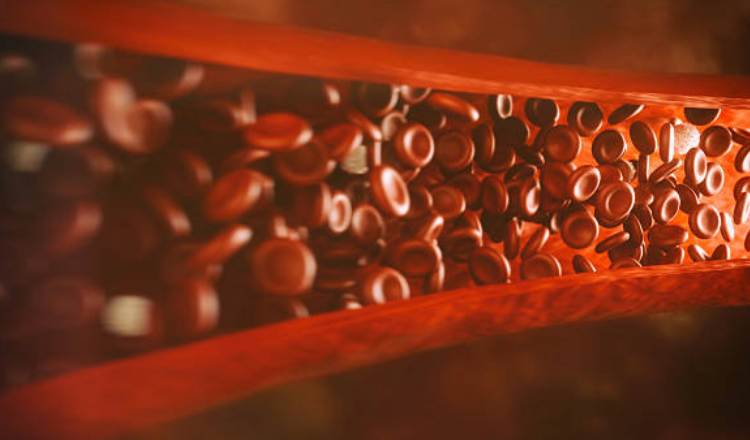
Increase In Blood Circulation
Face tapping helps stimulate the muscles and tissues around the face, helping with better blood circulation and improved skin health. It helps oxygenate the skin, reducing skin puffiness, wrinkles, acne, and dark circles. With better blood circulation, your skin tends to absorb skin care products better, increasing the nutrients that get to your skin and improving a healthier complexion.
Improvement In Skin Tone And Texture
You can naturally improve your skin tone and texture when you incorporate skin tapping into your skincare routine. The procedure helps enhance the absorption as well as the effectiveness of nutrients from skin care products applied to the face. With better absorption of key nutrients, your skin gets an even, effortless glow. Face tapping also stimulates areas of the face with pale skin cells, helping to maintain an even skin tone. enhances the quick absorption and effectiveness of ingredients applied to the face.
Relaxation And Stress Relief
Regular face tapping calms the nervous system by strengthening and toning the facial muscles to reduce facial tension and stress.
Boost Collagen Production And Lymphatic Drainage
The motion of face tapping stimulates the release of certain growth factors, such as fibroblasts, onto the skin, whose main goal is to remove toxins and excess fluids and reduce inflammation from the skin, promoting collagen production and lymphatic drainage.
Part 3: How Face Tapping Is Done?
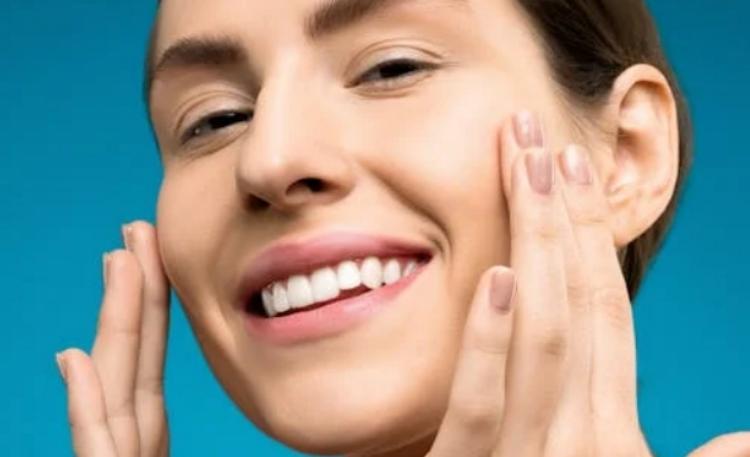
Learning the tricks of face tapping can soften your wrinkles without spending a single dime, all from the comfort of your home. Reading further into this article will take you through everything you need to know to be a face-tapping expert.
Step-by-Step Guide to Face Tapping
It is best to perform these easy face taps immediately after applying skin care products just after a fresh cleanse or bath to ease penetration into the skin. It is important to note that you need to take one breath at every tap. Let's dive in on what to do.
Step 1
Your three middle fingers are needed for this procedure. Ensure they are clean and free of dirt before placing them on your face. The fingers should be placed on the acupressure points on your face, such as your chin, forehead, the side of your eyes, under your nose, and the top of your head.
Step 2
When your hand is in position, gently move the index finger and your middle finger simultaneously in a tap-tap motion using low to medium pressure. Avoid hitting your face too hard, as that might defeat the purpose and only cause trauma to your skin. Think about playing the piano very lightly and gently.
Step 3
In this next step, the pressure and movement would change a bit as you aim for better tightening of the skin. Be careful with your hands around sensitive areas like your eyes, especially if you have long nails.
Step 4
Now, place all three fingers at one, meaning we apply more pressure to the skin. We maintain the same tap-tap motion, but now it progresses from gently touching a piano to beating a drum lightly, giving your skin time to adjust to the changes.
Step 5
Once you get a hang of the rhythm, move your hand downwards and upwards slightly till you feel your skin is getting stimulated.
Step 6
Relax, breathe and repeat the procedure. For optimal results, remember to do this regularly in your self-care routines.
How Often Should Face Tapping Be Done?
Face tapping should be a key part of your daily skincare routine to keep your skin stimulated and healthy. If you are new to face tapping, you might start off with two to three sessions a week to give your skin time to adjust without the risk of irritation. You can also face tap before and after applying a skin care product to increase absorption.
Precautions And Tips To Watch Out For?
While face tapping is a natural practice with many benefits, certain precautions and tips should be followed to get the most out of your experience.
Skin Tapping Precautions
- Avoid tapping the skin with acne, irritation or open wounds
- Start gently with light pressure, give your skin time to adjust, then increase gradually.
- Watch out for sensitive areas like your eyes and use lighter pressure around them.
- Ensure to clean your hands and tools before tapping to prevent the transfer of bacteria.
- Avoid too much pressure and stick to a moderate, consistent routine best for your skin.
Skin Tapping Tips
- Always use a moisturizer, and exfoliatebefore tapping for a smoother surface and better results
- Sync face tapping with your skincare routine for consistency and optimal product absorption.
- Use the pads of your fingers and not the tips to avoid minor cuts from your fingernails.
Part 4: Frequently Asked Questions
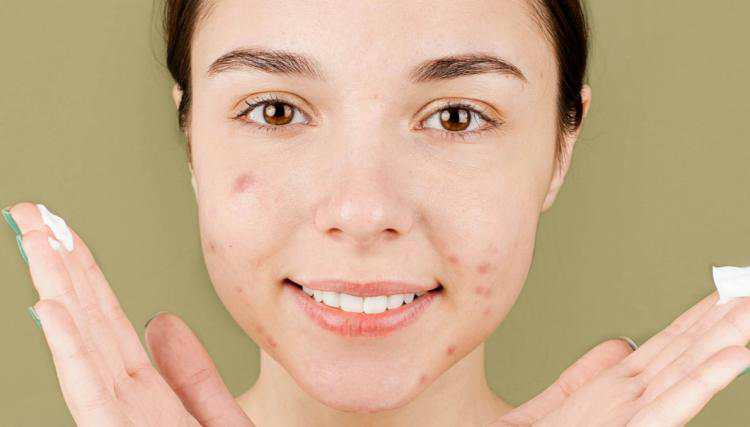
Is face tapping suitable for all skin types?
Face tapping works for all skin types. Just make sure the skin is free from open wounds and irritations.
What does tapping your face do?
Face tapping stimulates the muscles and tissues around the face, improving blood circulation and skin health.
Can face tapping help with acne or fine lines?
It stimulates your somatic muscles, preventing face sags and boosting smoother, brighter skin.
How soon can you expect to see results from face tapping?
You can have better stimulation and relief after a few minutes of face tapping. More significant results show up after a consistent face-tapping routine.
Does slapping your face increase collagen?
While it is believed that face slapping boosts collagen production and blood circulation, there is no scientific evidence to back it up.
Conclusion
Incorporating face tapping into your skincare routine is crucial and should not be skipped. Start tapping and look through your progress easily as you use the thorough techniques in this guide. Doing this regularly makes you a step closer to radiant, healthier skin!

